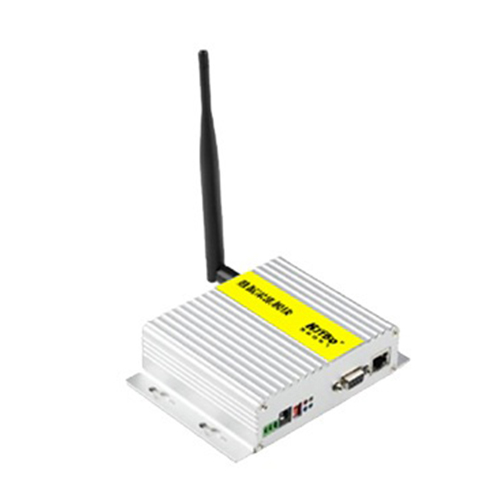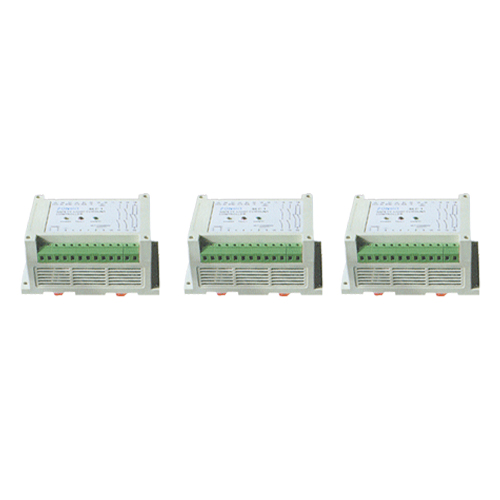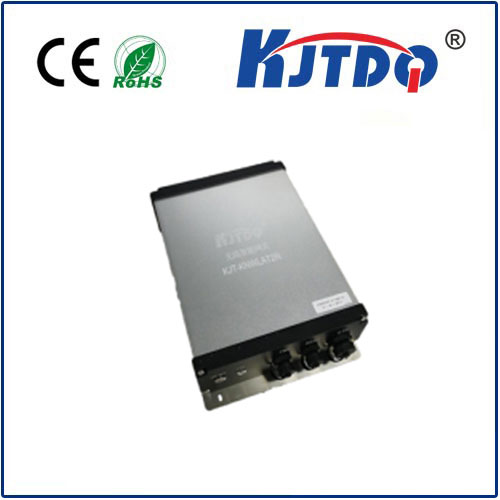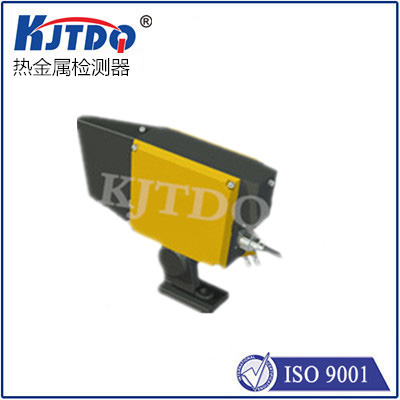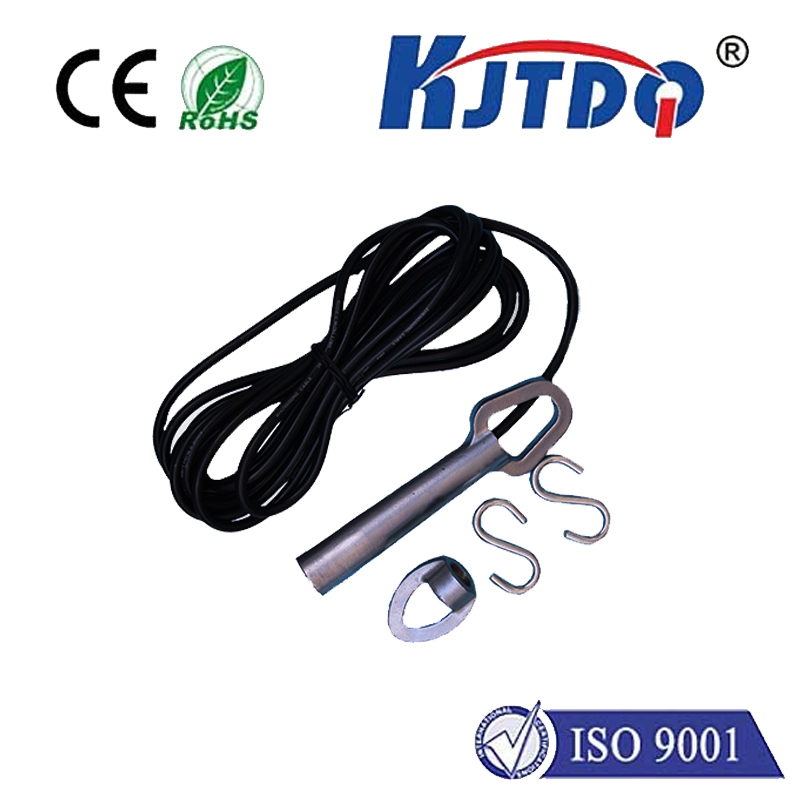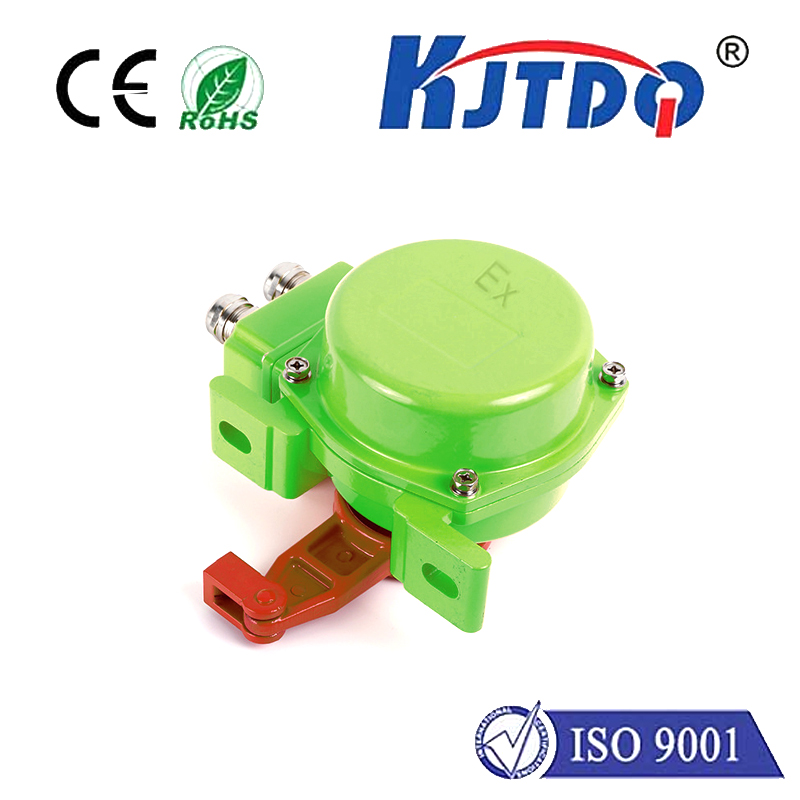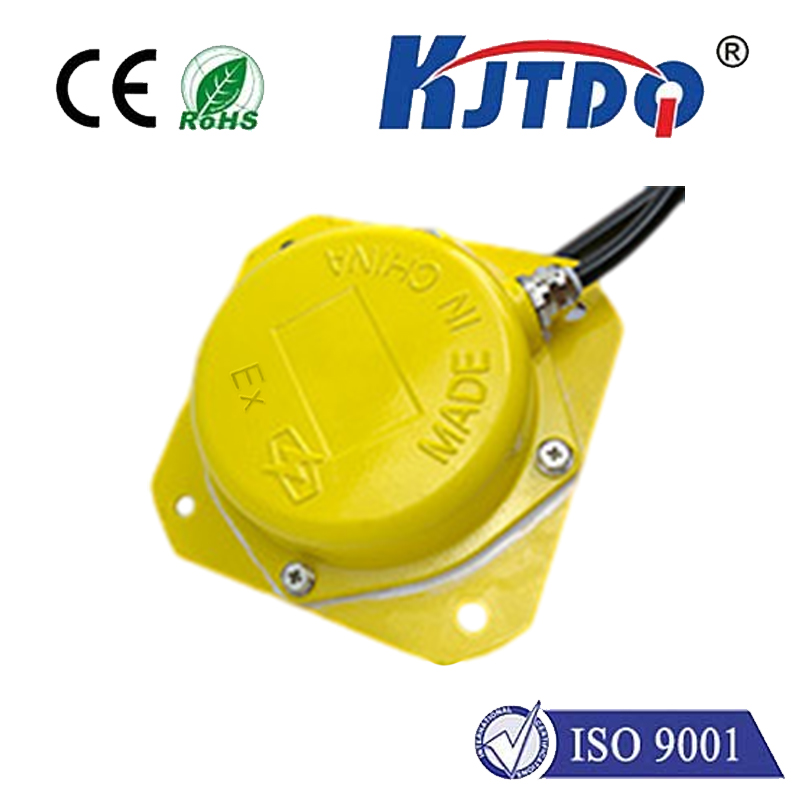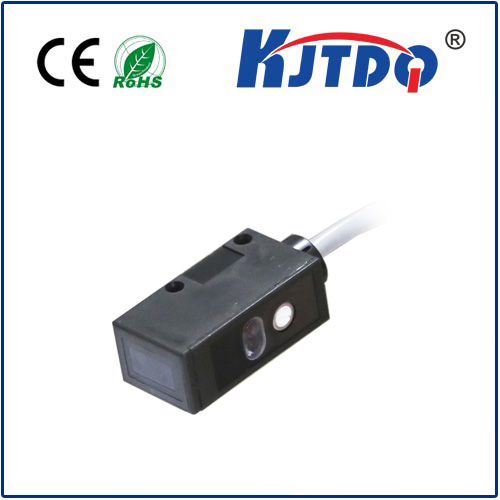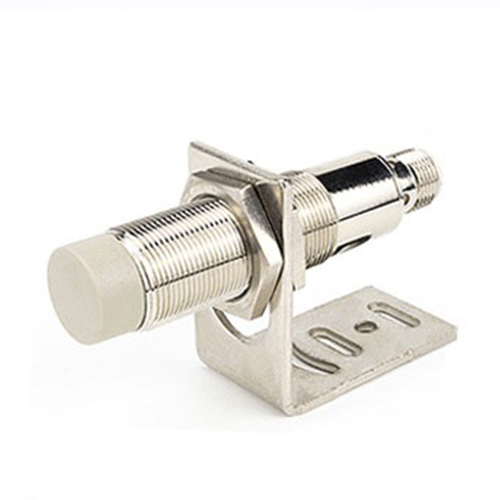BES01P2 high pressure proximity sensor
- time:2025-10-16 13:07:03
- Нажмите:0
The BES01P2 High Pressure Proximity Sensor: Robust Detection for Demanding Environments
Imagine a massive hydraulic press shaping metal under immense force, or high-pressure fluid coursing through critical pipelines. In these unforgiving environments, conventional sensors often fail, leading to downtime or safety risks. The BES01P2 high pressure proximity sensor steps in as a purpose-built solution, engineered to deliver reliable object detection precisely where extreme pressures are the norm. This robust device exemplifies how targeted engineering solves the toughest challenges in industrial automation and fluid power systems.
Understanding the Core Function: Inductive Proximity Sensing
The BES01P2 belongs to the category of inductive proximity sensors. Its fundamental principle is elegantly simple yet highly effective. The sensor head contains an oscillator circuit generating a high-frequency electromagnetic field. When a metallic target enters this field, eddy currents are induced within the target. These currents draw energy from the oscillator, causing its amplitude to decrease. This detectable change in the oscillator’s state triggers the sensor’s output signal (switching it ON or OFF), indicating the presence or absence of the target – all without any physical contact.
This non-contact nature is a significant advantage, eliminating mechanical wear and tear, enabling high-speed detection, and operating reliably even in environments laden with dust, oil, or other non-conductive contaminants. It forms the bedrock of the sensor’s utility.

Why “High Pressure” is Crucial: The BES01P2’s Defining Feature
Standard inductive sensors are workhorses but have limitations. When deployed in environments subject to fluid pressures reaching hundreds or even thousands of bar (PSI), standard housings can deform, seals can fail, and electrical connections can become compromised. This is where the датчик приближения высокого давления like the BES01P2 distinguishes itself through several critical design enhancements:
- Reinforced Housing: Constructed from high-grade materials like rugged stainless steel (e.g., V4A / 316L), the housing is designed to withstand extreme external pressures without collapsing or compromising the internal electronics.
- Specialized Sealing: Advanced sealing technologies and materials are employed to create an impermeable barrier against high-pressure fluids (oil, water, emulsions) and aggressive media. Leakage is not an option in critical hydraulic or pneumatic systems.
- Pressure-Tolerant Design: Every aspect, from the sensing face to the cable or connector gland, is engineered to maintain integrity and consistent sensing performance under sustained high pressure.
- Robust Electrical Connections: Connections are secured against ingress and designed to handle the physical stresses associated with high-pressure environments.
Unpacking the Strengths of the BES01P2 Sensor
While built for pressure, the BES01P2 high pressure proximity sensor delivers performance across several key parameters essential for industrial reliability:
- Exceptional Pressure Rating: This is the core. The BES01P2 is specifically characterized by its high pressure resistance, often rated for continuous operation in environments far exceeding what standard sensors can handle (consult specific datasheets for exact ratings). This makes it ideal for direct mounting on hydraulic cylinders, pumps, valves, and high-pressure manifolds.
- Temperature Resilience: Engineered to operate reliably across a broad temperature range, often from -25°C to +100°C or beyond, ensuring stability in hot hydraulic systems or cold outdoor applications.
- High Protection Rating (IP): Typically featuring ratings like IP67 or higher, the sensor provides excellent defense against dust ingress and temporary immersion, complementing its high-pressure sealing.
- Immunity to Interference: Built-in EMC protection (electromagnetic compatibility) ensures stable operation near motors, drives, and welders without false triggering.
- Mounting Versatility: Exceptionally compact dimensions, available in threaded or flanged housings, and often featuring adjustable mounting nuts, simplify installation even in space-restricted areas within machinery.
- Reliable Electrical Outputs: Offering standard switching outputs (typically PNP NO/NC or NPN NO/NC configurations) compatible with PLCs and control systems.
Where the BES01P2 Shines: Key Application Areas
The unique capabilities of the high pressure proximity sensor BES01P2 make it indispensable in numerous demanding sectors:
- Hydraulic Machinery: End-position detection of pistons inside hydraulic cylinders, monitoring valve positions, confirming clamp status in presses, and detecting piston rod position – all within the high-pressure fluid environment.
- Fluid Power Systems: Position feedback on pumps, actuators, and valves within high-pressure oil or water circuits.
- Die Casting and Plastic Injection Molding: Detecting mold closure, core pull positions, and ejector plate movements where intense hydraulic pressures are used.
- Test Benches & Pressure Vessels: Monitoring component positions or safety mechanisms during high-pressure testing procedures.
- Offshore and Subsea Applications: Equipment requiring sensors capable of withstanding deep-water pressures (specific models may have enhanced ratings).
- Heavy-Duty Mobile Equipment: Monitoring functions in construction, mining, and agricultural machinery utilizing high-pressure hydraulics.
Selecting and Implementing Your BES01P2
To leverage the full potential of this robust proximity sensor, consider these factors:
- Required Pressure Rating: Precisely define the maximum operating pressure the sensor will face. Exceeding the rating risks failure.
- Target Material: Inductive sensors detect ferrous metals (steel, iron) best. For non-ferrous metals (aluminum, brass, copper), ensure the BES01P2 variant offers sufficient sensing range (
Sn).
- Sensing Distance (
Sn): Choose a sensor with a nominal sensing distance (Sn) slightly larger than the required air gap to the target for reliable operation. Remember the rated operating distance (Sr) is typically 0.8 x Sn or 0.9 x Sn.
- Electrical Requirements: Match the output type (PNP/NPN, NO/NC) and voltage rating (e.g., 10-30V DC) to your control system.
- Environmental Conditions: Verify suitability for ambient temperature, potential chemical exposure beyond the pressure media, and required ingress protection (IP rating).
- Mounting: Select the appropriate housing style (threaded M8, M12, M18, etc., or flanged) and ensure adequate space. Proper mounting torque is critical to maintain seal integrity under high pressure.
The BES01P2 high pressure proximity sensor stands as a testament to specialized engineering solving critical operational challenges. By combining the inherent reliability of inductive sensing with a design meticulously crafted to thrive under extreme pressure, it delivers dependable, non-contact detection where other sensors falter. Whether ensuring the precise position of a hydraulic piston or safeguarding high-pressure processes, the BES01P2 offers a resilient solution, enhancing machine safety, optimizing performance, and maximizing uptime in the most demanding industrial landscapes. Integrating such a purpose-built sensor is an investment in operational resilience and control system integrity.

